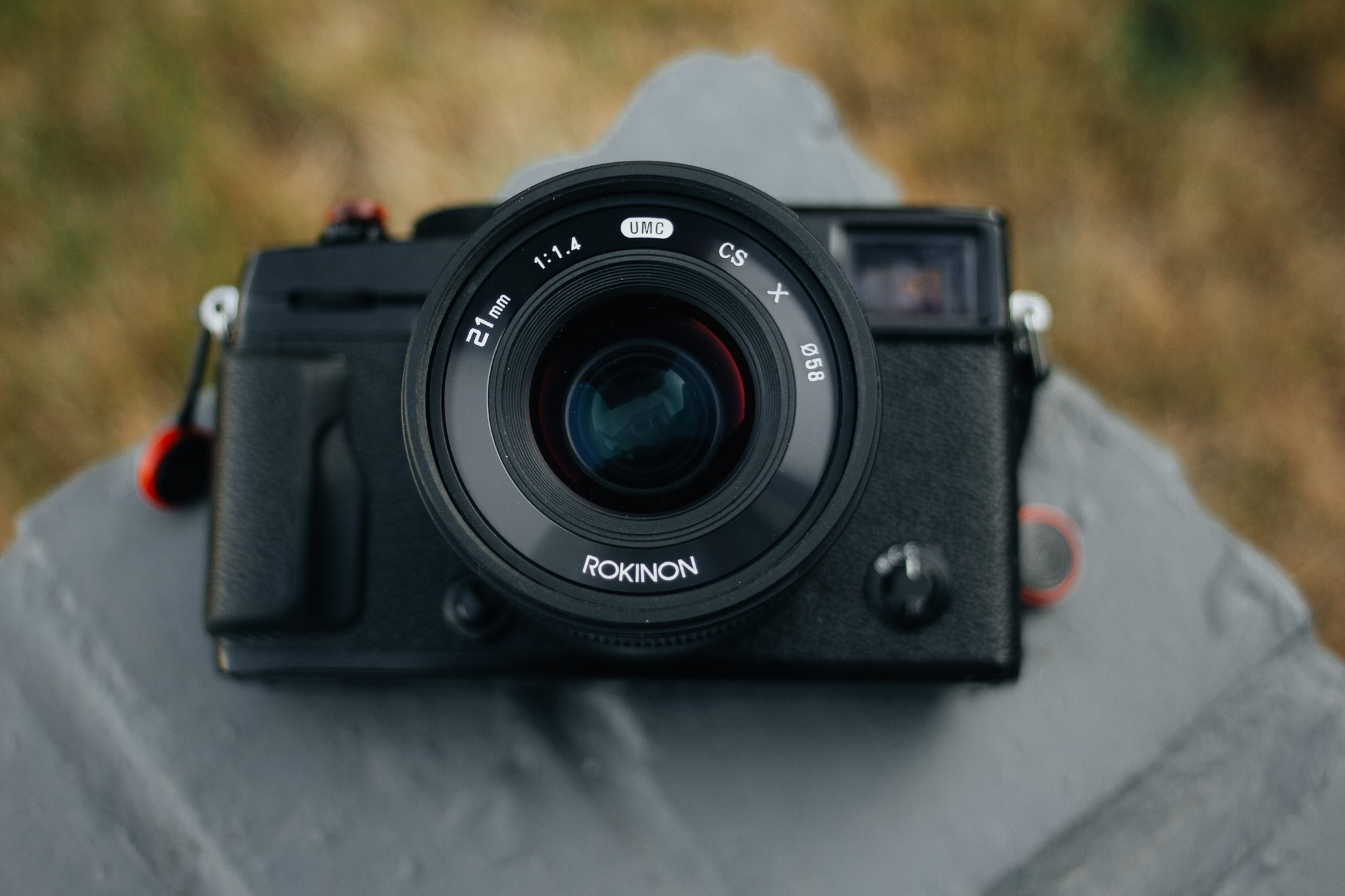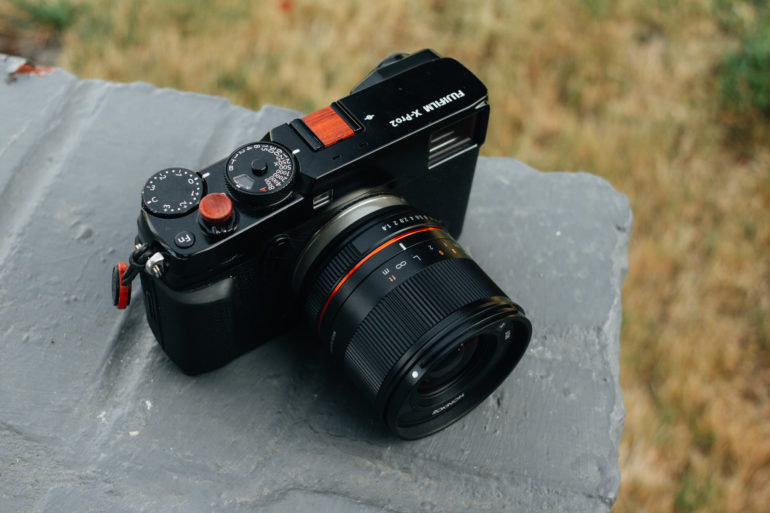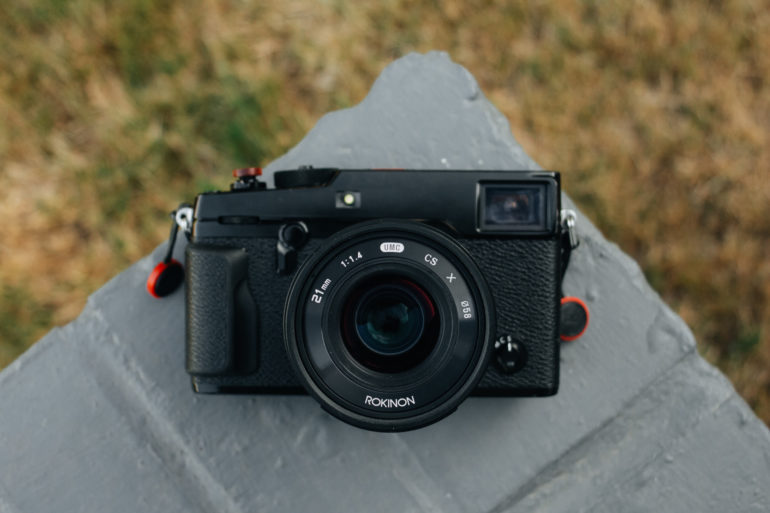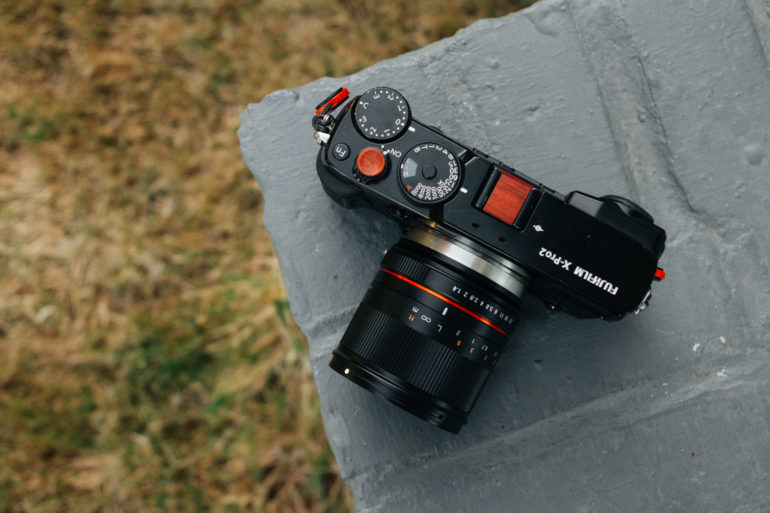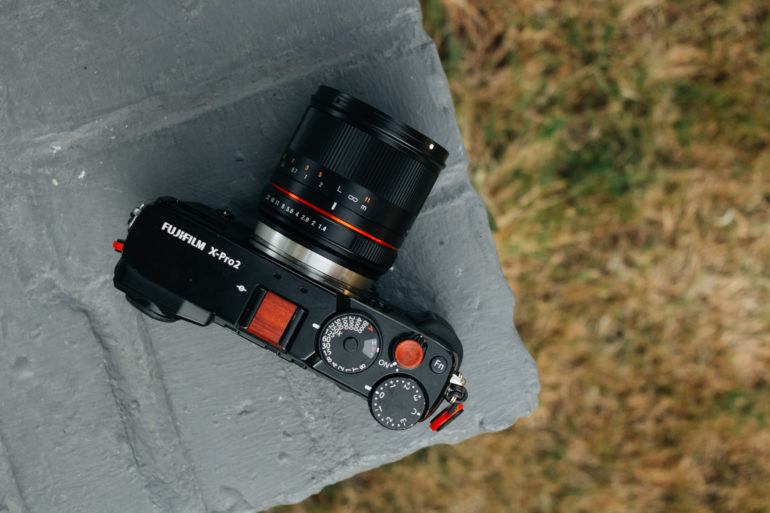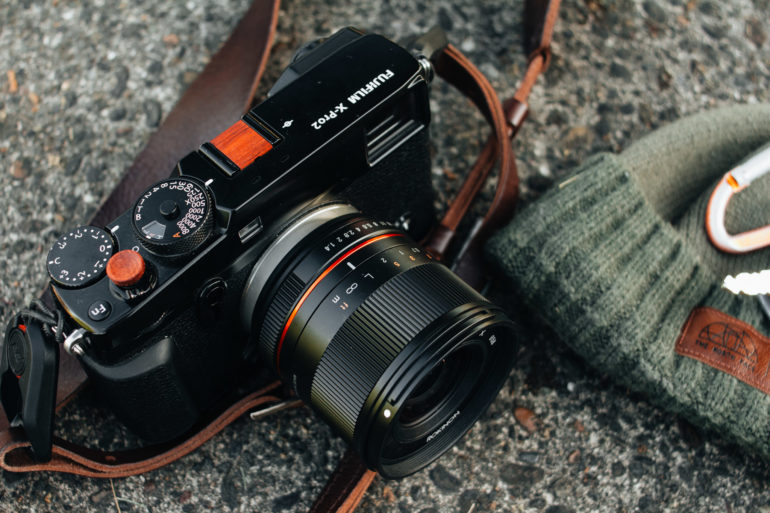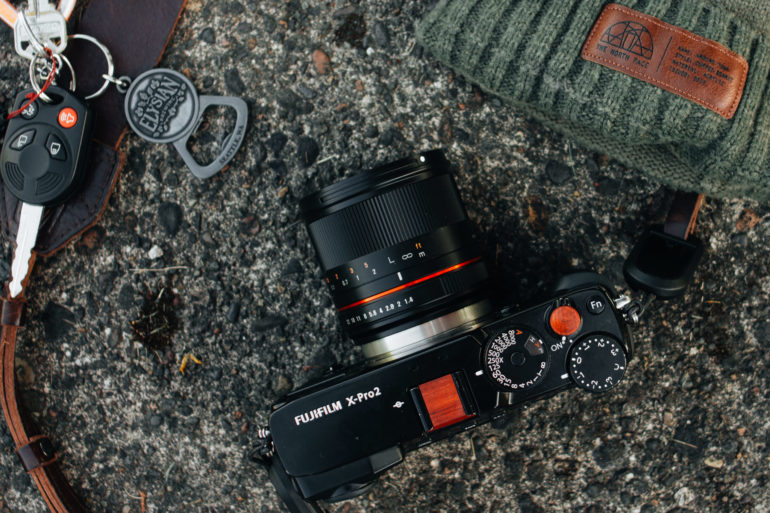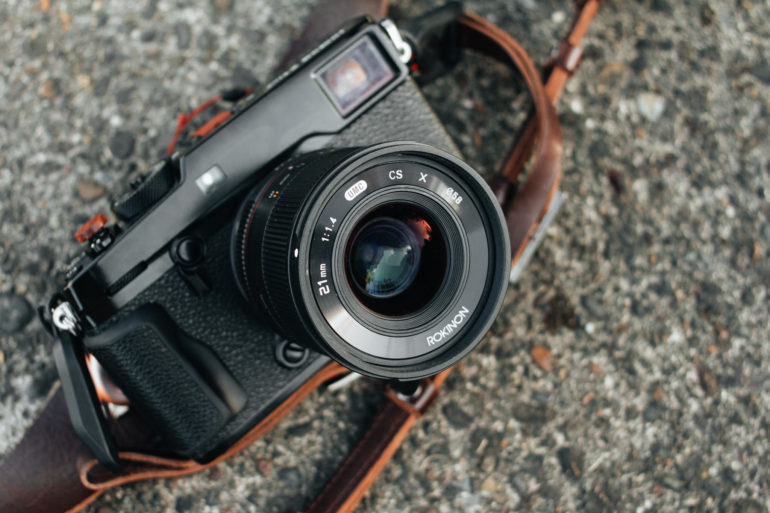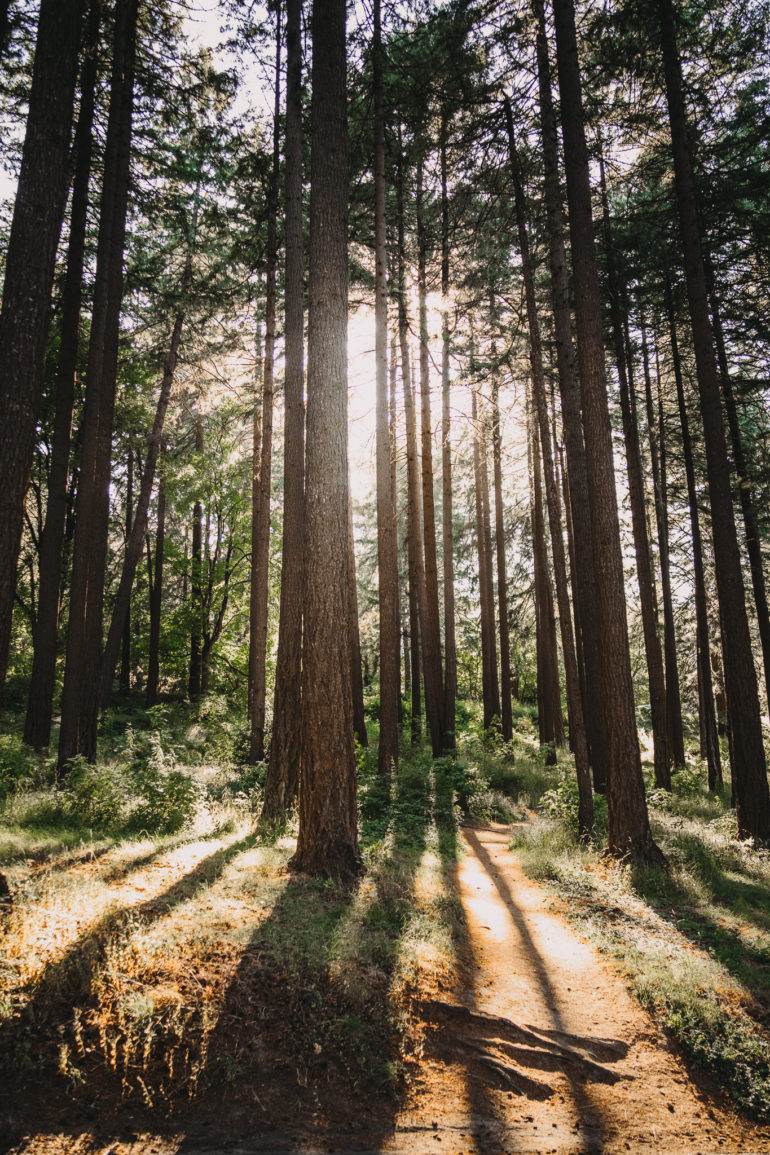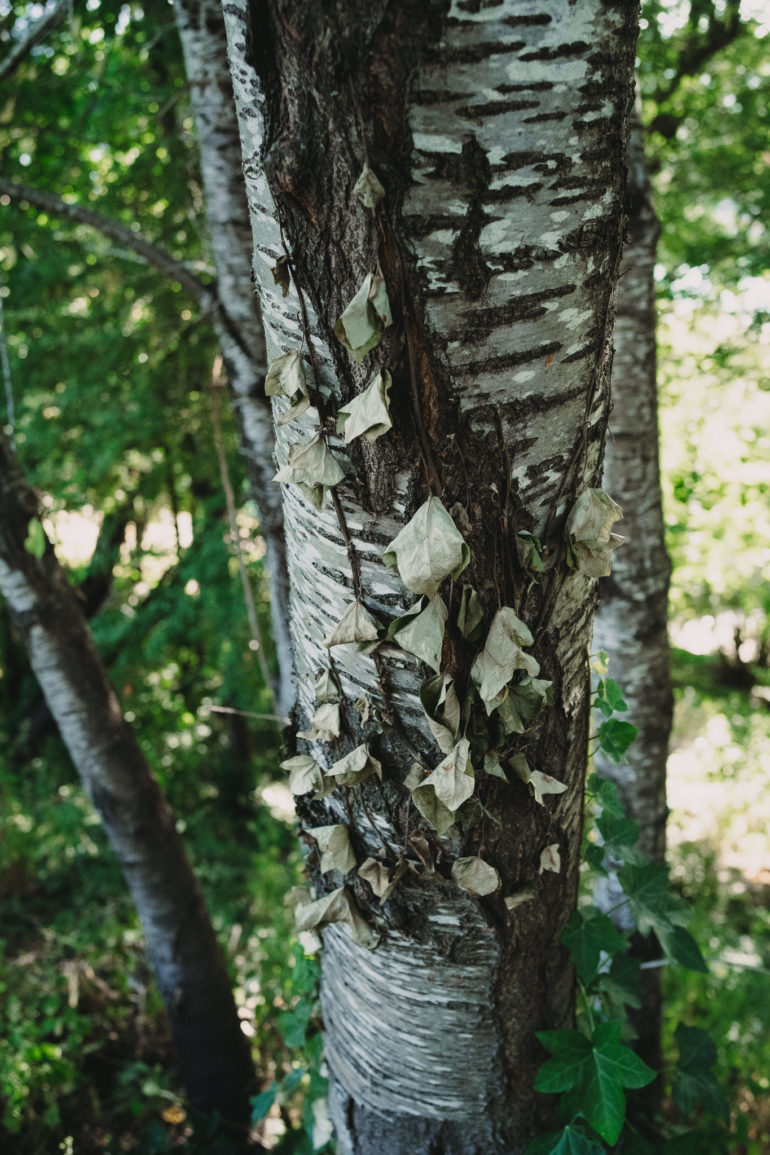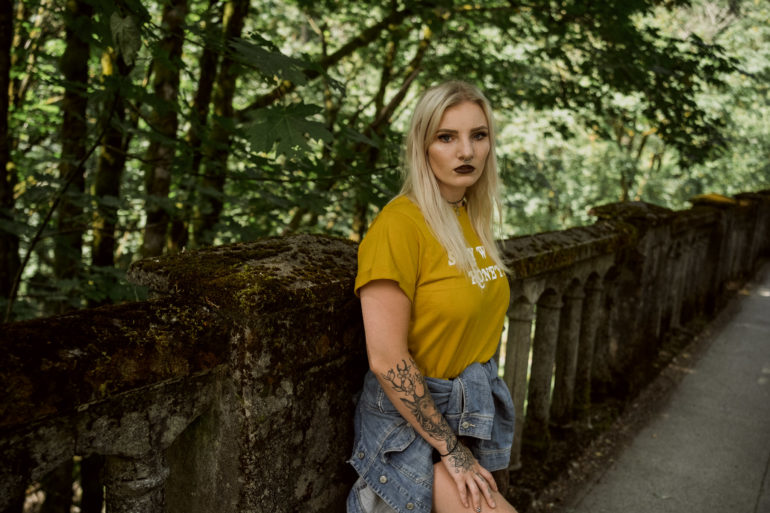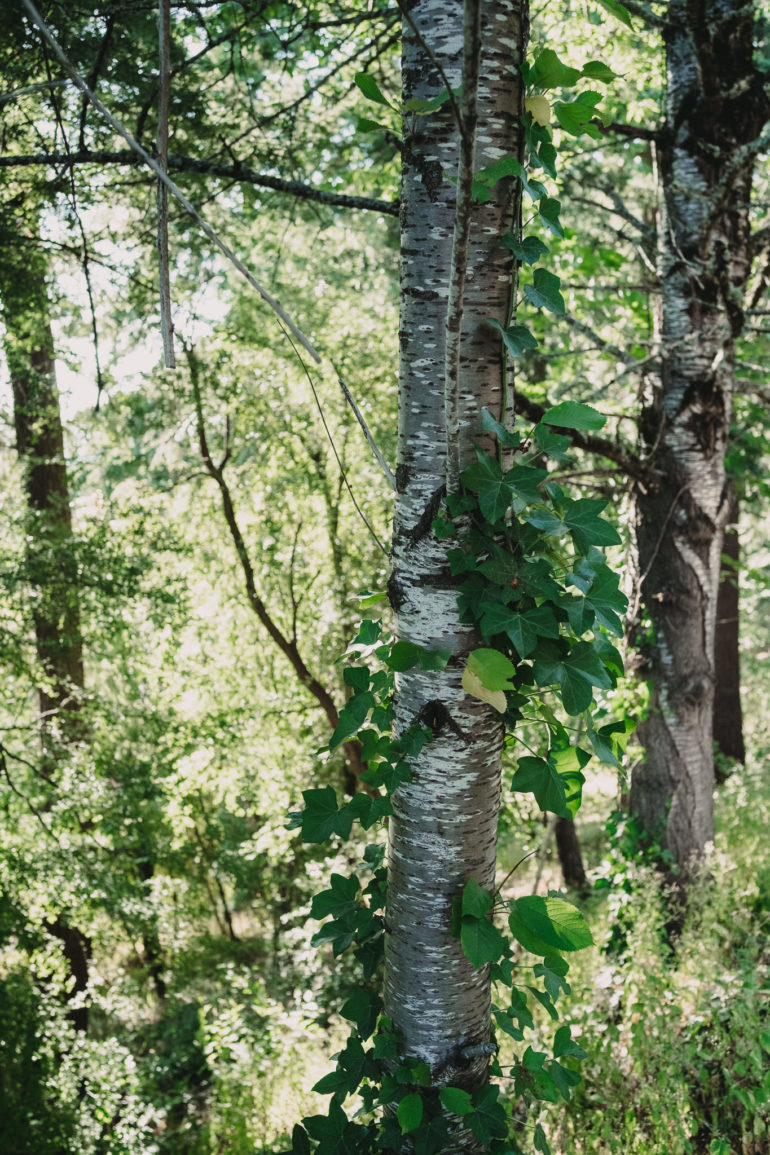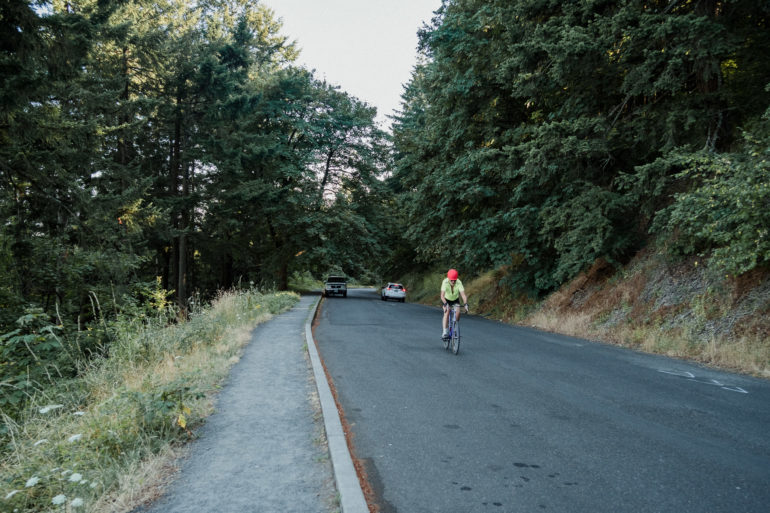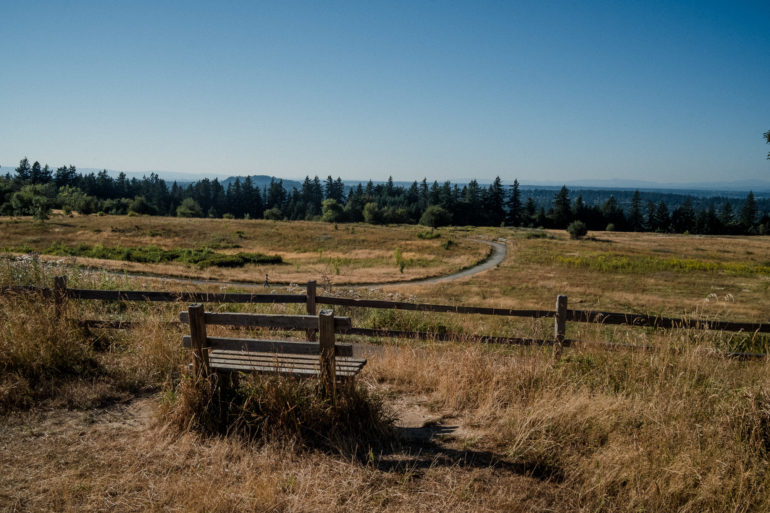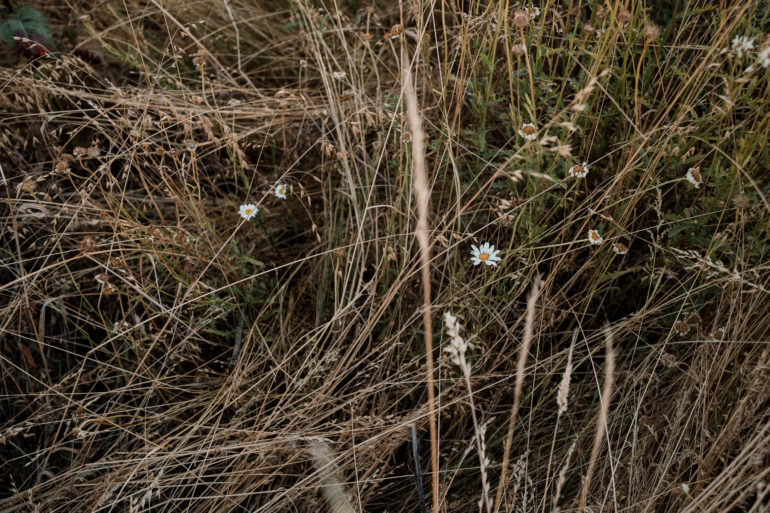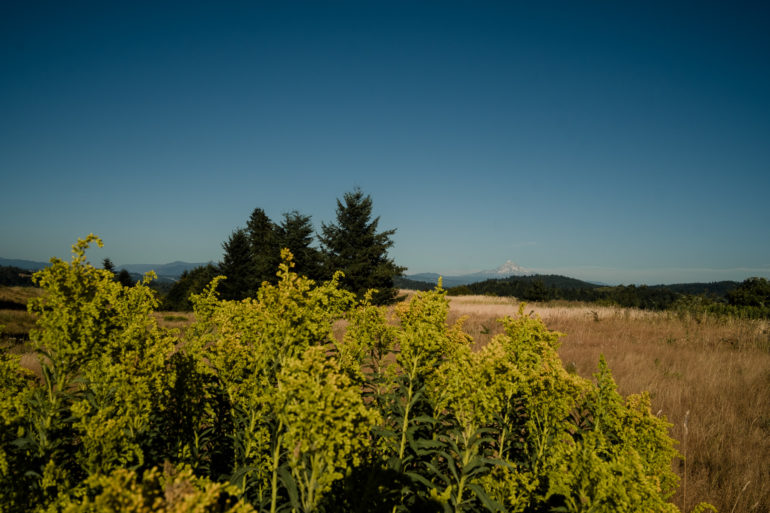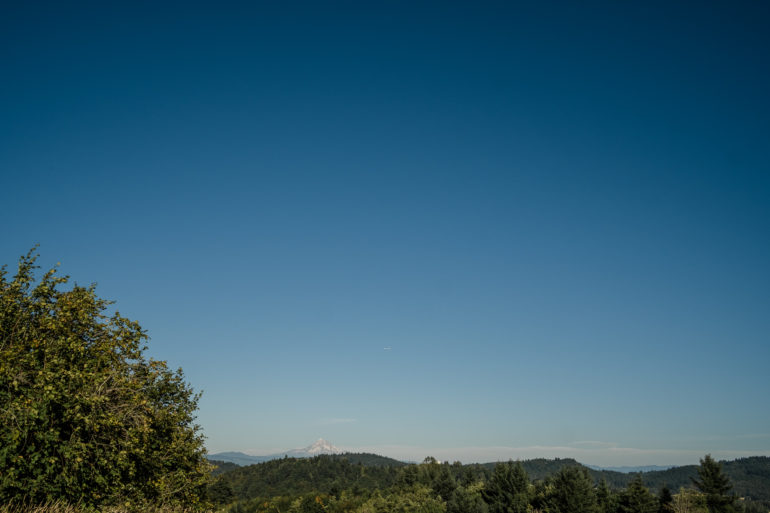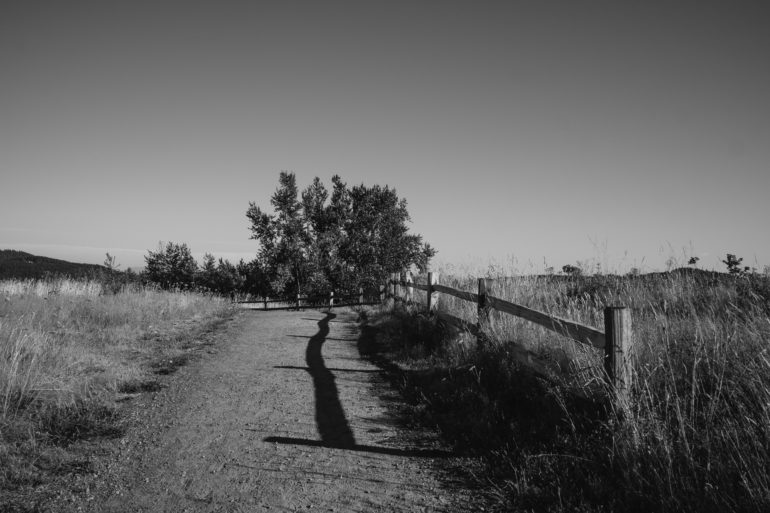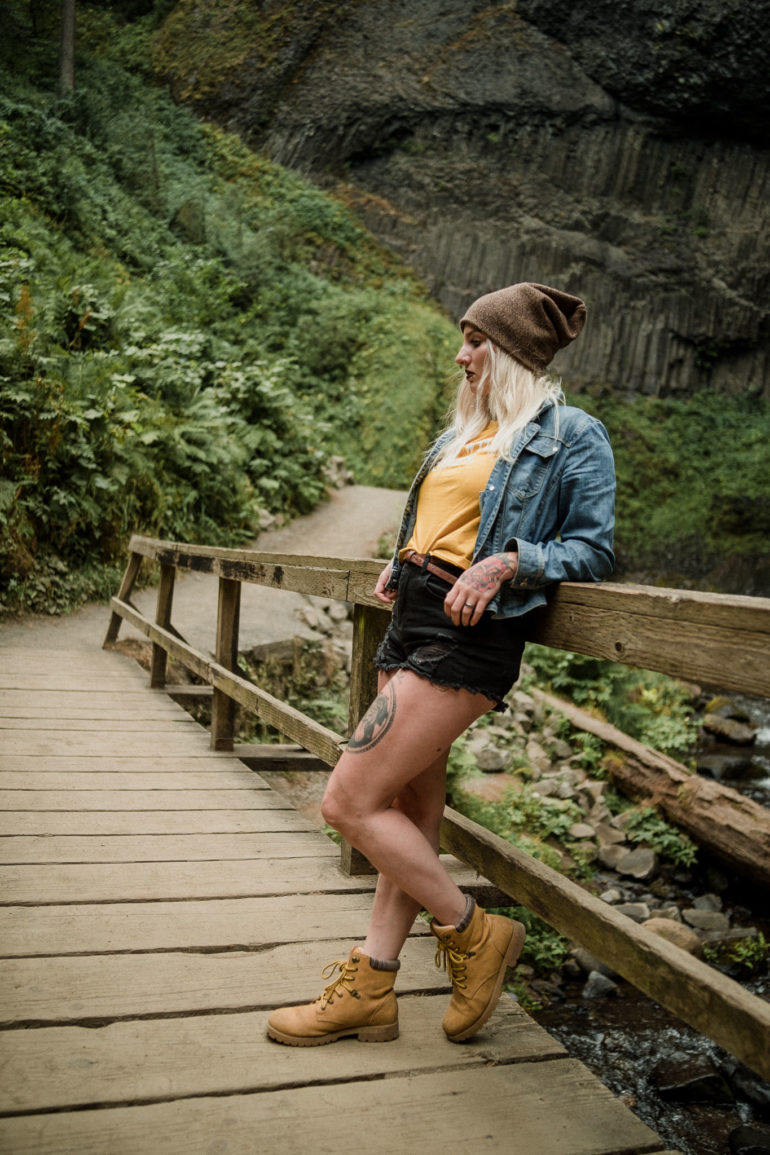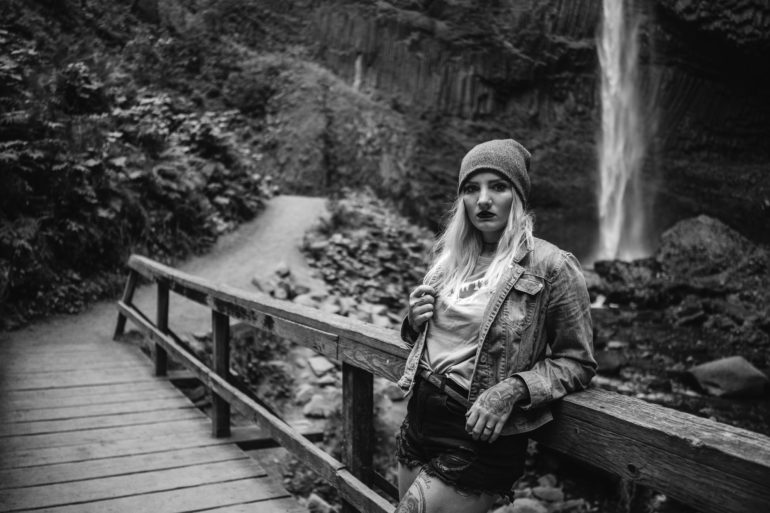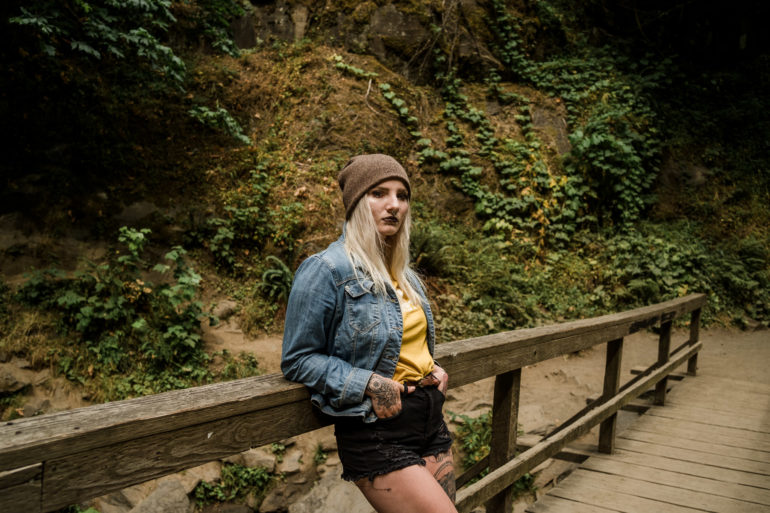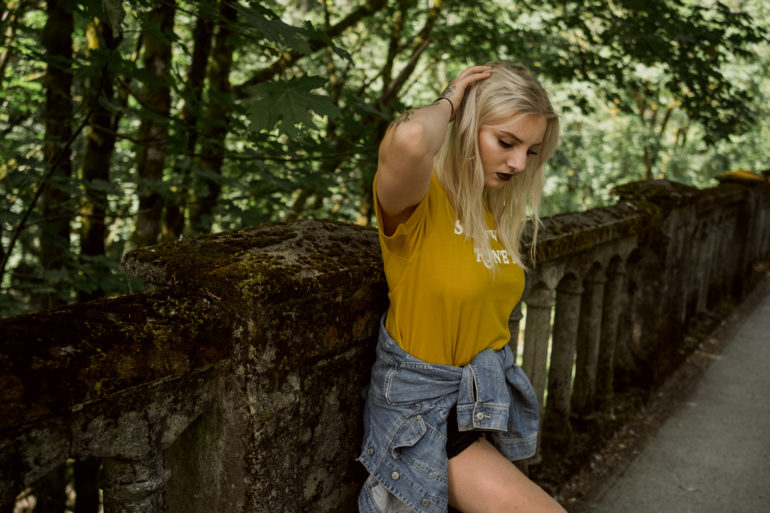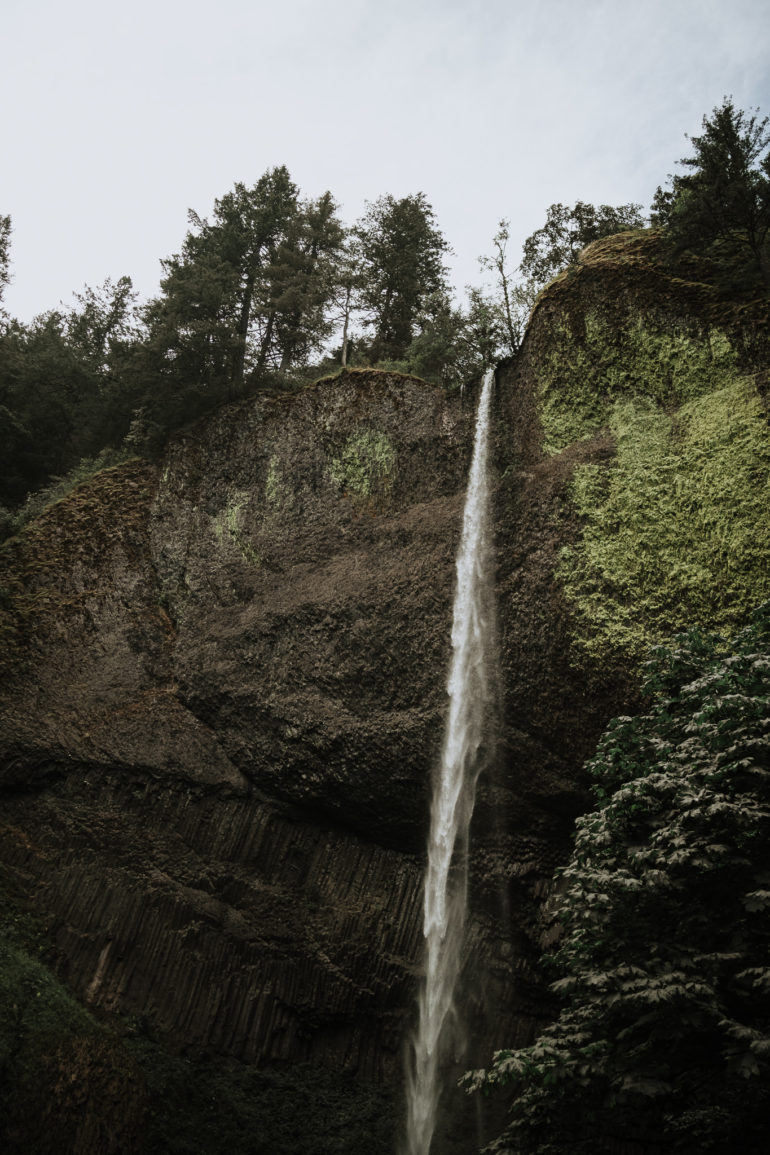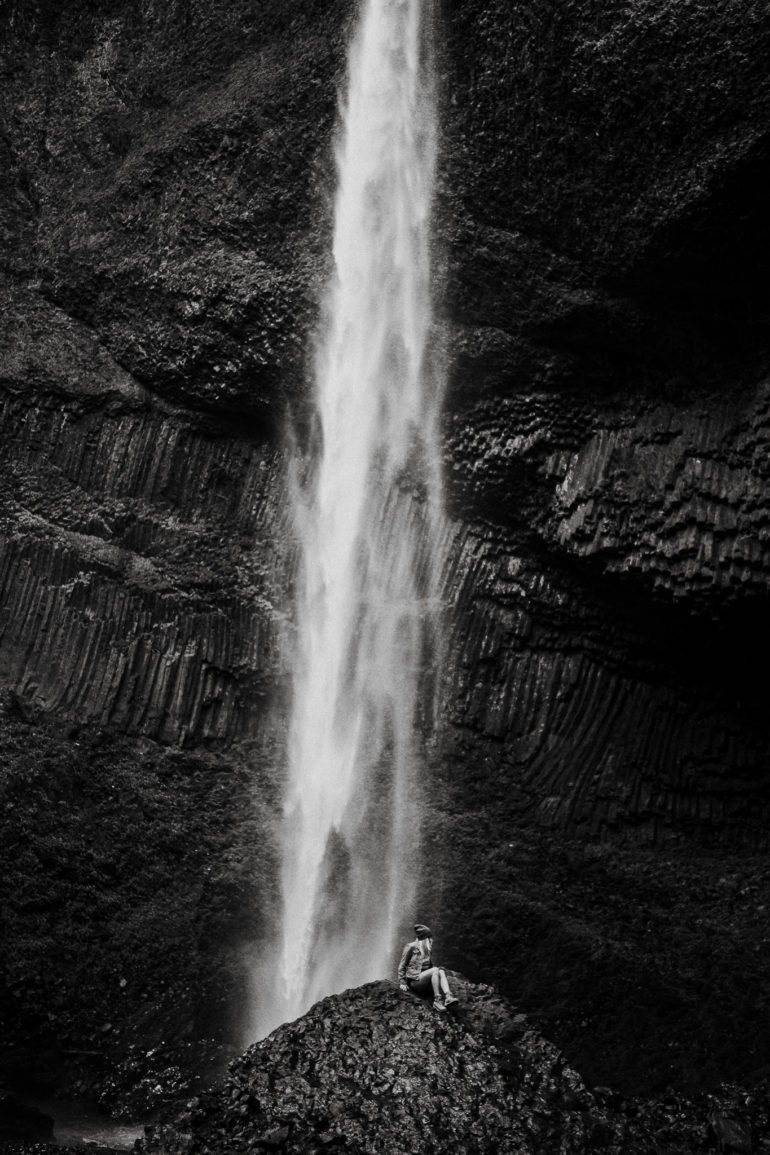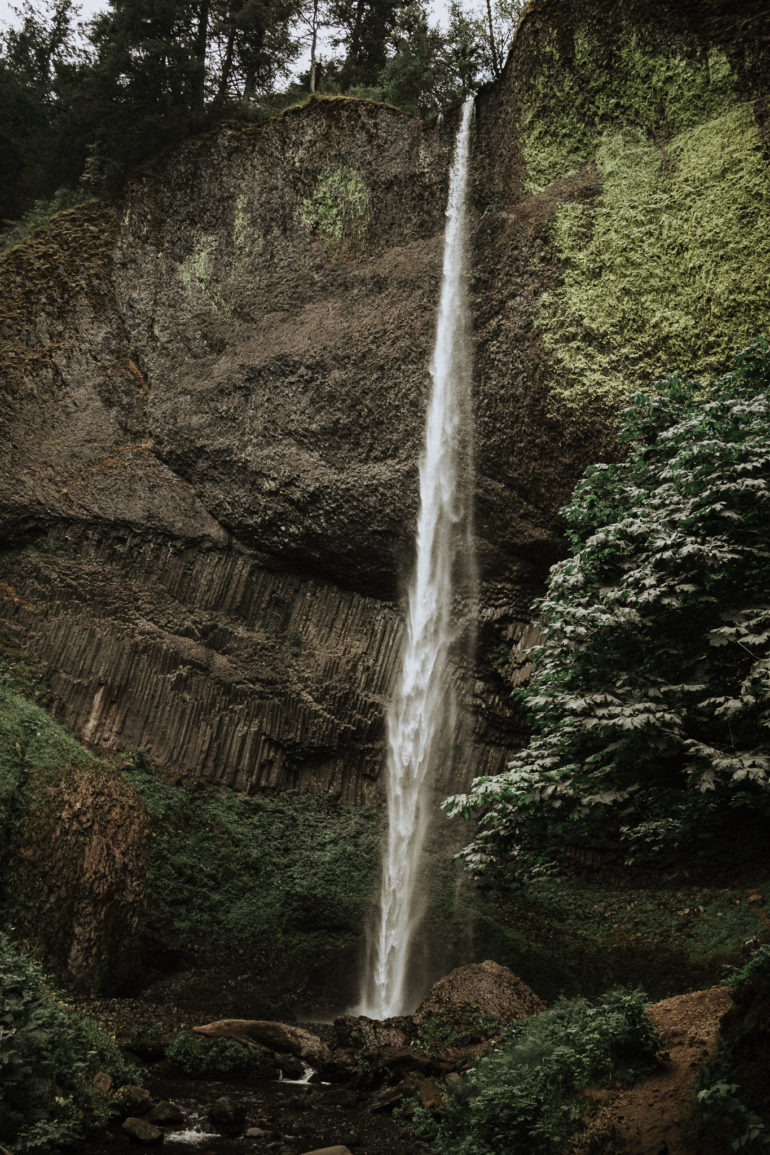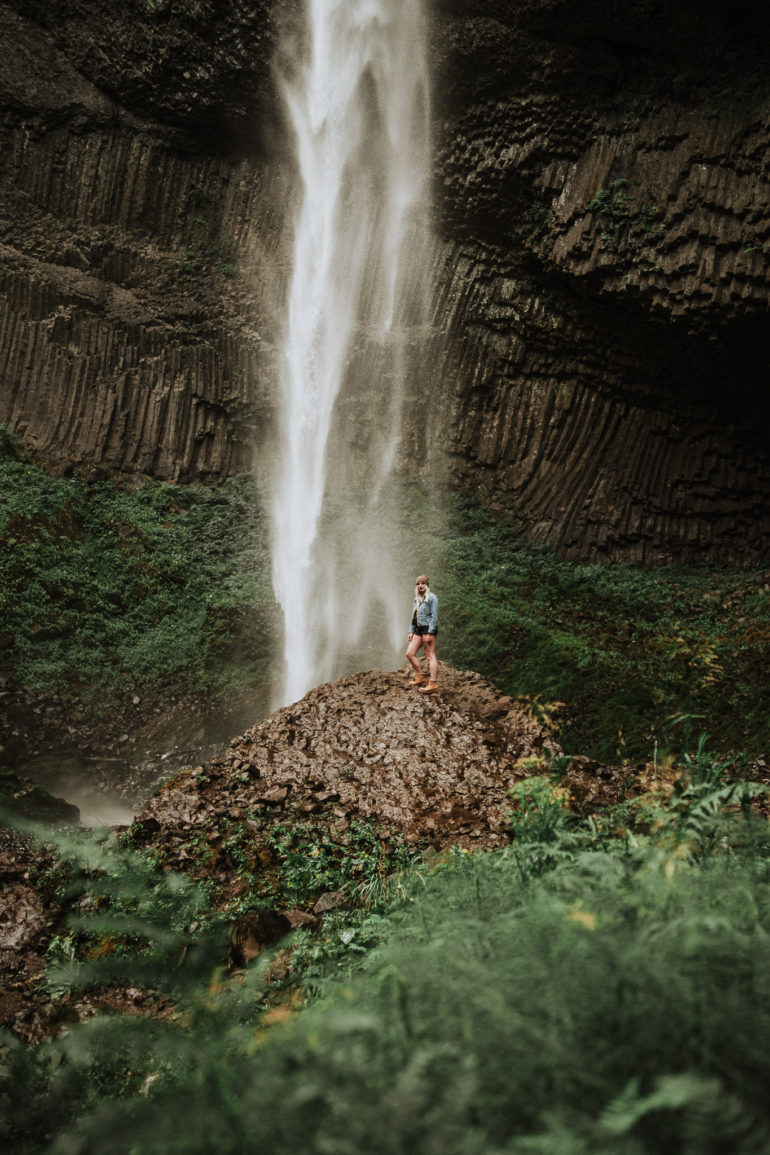Last Updated on 09/28/2018 by Mark Beckenbach
Affordable manual focus lenses like the Rokinon 21mm f1.4 are a great way for a photographer to try out a new focal length, or to add capabilities to their kit without breaking the bank.
The Rokinon 21mm f1.4 is a fast, wide angle (30mm FF equivalent) lens capable of being used in a wide variety of purposes from travel, street, portraiture, and even landscapes. But is this lens worthy of investing in, or is it just worth it to save a little longer in order to purchase a native Fujifilm lens like the 23mm f2 or the 23mm f1.4? Let’s have a look…
Pros and Cons
Pros
- Fast f1.4 Aperture
- Good weight for small/light Fujifilm bodies
- Balances well on the camera
- Smooth focusing ring
Cons
- No AF
- No Electronic contact with the camera
- Build quality is just ‘OK’
Gear Used
The Rokinion 21mm f1.4 was paired with my Fujifilm X-Pro2.
Tech Specs
The full and official Rokinon/Samyang specs for the 21mm f1.4 can be found over on their website, but for your convenience we have pasted them below as well.
Model: RK21M-FX
MSRP: $549
UPC: 0-84438-76487-1
Focal Length: 21mm
Maximum Aperture: F1.4
Coverage: APS-C/Four Thirds/Canon APS-C
Optical Construction: 8 Elements in 7 Groups (3 Aspherical Lenses + 1 Extra Low Dispersion)
Aperture Range: F1.4 to F22
Diaphragm Blades: 9
Coating: Ultra Multi-Coating
Minimum Focusing Distance: 12″ (0.3m)
Filter Size: 58mm
Lens Hood: Removable Petal Shaped
Maximum Diameter: 2.53″ (64.3mm)
Weight: 10.23oz (290g)
Length: 2.67″ (67.9mm)
Ergonomics
The Rokinon 21mm f1.4 fits excellently in my hands when paired with the X-Pro2, and I’ve got no reason to think that would be any different with any of the other Fujifilm bodies. The focusing ring is large and rests right where I would like it to when I am in a shooting position, which is key for a lens without AF. The lens extends a bit further out away from the camera than either the Fujifilm 23mm f2 or 35mm f2, but thanks to its light construction it still balances well with the X-Pro2 overall.
One thing that I would have liked would the aperture ring to be a little bit larger. As it is, the ring is rather small and smushed up against the rear of the lens. Sometimes while shooting in a quicker situation, I found it difficult to get my fingers on the aperture ring to adjust my aperture as fast as I would have liked. I am sure,though, that through extended use of the lens you would probably grow accustomed to this. Just be aware that in the beginning, this could be an adjustment.
Build Quality
Ok, so the build quality of these manual focus Rokinon lenses has never been the best. That is not to say that they are bad by any means, but the materials are not of the highest quality, and while the lens should work well if you take care of it, this is definitely not a lens that I would say could take much of a beating and keep on working. Does that mean I wouldn’t own this lens or use it? Not at all. It just means that I would be more careful with this lens than I would with my OEM Fujifilm lenses as the build quality on those is much higher.
All of that said, taking the lens itself for what it is, I am happy enough with the build quality here. The lens is made of plastic, and it feels as good as a plastic lens can feel. You can’t really expect it to hold up against a lens built of metal. If you are in the market for this lens it is likely due to its affordability, and when it comes to affordability, you’ve got to give something up. In the case of the Rokinon 21mm f1.4 it is the build quality. You get excellent optics and a good user experience, at the cost of middle-of-the-road build quality.
“This is definitely not a lens that I would say could take much of a beating and keep on working.”
For most of you, this shouldn’t be a big deal at all. Just be aware that you aren’t getting a tank of a lens here. You will likely want to take good care of this lens. It’s definitely not one you would want to throw in a camera bag or the glove compartment of your car with no protection. Take care of it and you will likely be happy with the results you can get out of this lens.
Ease of Use
As I alluded to in the section above, this lens is a real piece of cake to use. The focusing ring, on my sample at least, is smooth and easy to turn precisely; an essential function of a manual focus lens. When paired with the punch-in focus features on the modern Fujifilm cameras, focusing with this lens a breeze. As I also noted above, the aperture ring was a bit of an annoyance to me at first, though I did grow a little more comfortable with it over the course of my time with the lens.
“…at times it felt like the friction of plastic on plastic, rather than a truly smooth rotation.”
Other than those two things, there really isn’t much else to say about the ease of use on this lens as those are the only two ways a photographer will interact with it. There are no other buttons or switches on the lens, and since there are also no electrical contacts there are also no settings or functions that one would use within the camera. So, basically, this lens is a focus ring and an aperture ring; both of which work well in my experience.
Focusing
I’ve talked about the focusing on this lens a little now, but I wanted to really focus on it here (pun intended) for a second as it is the primary feature of this lens. Unlike some budget manual focus lenses that are out there on the market, this lens actually doesn’t have a huge focus throw, but neither is it a narrow focus throw. I found the focus throw on this lens to be right about where I like it; long enough that I was able to fine tune my focus simply when punched-in through the EVF. This can often be a problem on lenses with too small of a focus throw, as this makes even minor movement on the focus ring make large changes to the focus of the image. Additionally, an annoyance with some lenses with too long of a focus throw is that it can take too long to turn the ring to make fast adjustments to your focus in the heat of the moment. Neither of those issues was a problem for me with this lens, I was able to focus quickly and accurately, which is always nice on a manual focus lens.
I will say though, that despite the focusing ring turning smoothly and performing well, it just didn’t quite feel the best to me. The best analogy that I can come up with here is that at times it felt like the friction of plastic on plastic, rather than a truly smooth rotation. This was most apparent on either extreme end of the focus, and not so much in the middle, and honestly it wasn’t the biggest deal, but just worth noting if you are a manual focus fanatic as you may find that it doesn’t feel as nice to your hand as other higher quality manual focus lenses feel.
Image Quality
The Rokinon 21mm f1.4 is an excellent performer. Wide open, as most lenses are, it exhibits a little softness, but just a tad (easily compensated for with additional sharpening through Lightroom, Capture One, or whatever your image processor of choice is). Additionally, the lens’s distortion is not crazy; most probably wouldn’t notice it right off the bat, but it is also easily compensated for in post-production if it does bother you. Though unlike other more well-known lenses, this lens doesn’t (to my knowledge) have a correction profile in Lightroom. Any corrections you want to make will likely need to be done manually.
The best spot for this lens in terms of sharpness in my experience is probably somewhere around the f4 range, depending on the lighting and such. But that is not to say it’s not great from f1.4-3.5 either. It is probably just at its peak between f4-5.6. Overall, in terms of the sharpness of this lens, I was happy across its aperture range. It’s worth noting that focus issues with manual focus lenses can often be wrongly attributed to a lens, when in fact the photographer maybe didn’t nail focus as they intended. In my case, I know how to differentiate between what I consider to be the acceptable focus, and image quality issues like softness. In my experience, I did not have any problems with softness on this lens, at least not to a degree that I would consider it to be an issue.
Bokeh
Ah yes, the all-important Bokeh question. These days people shoot as wide as possible as often as possible to get the best out of their bokeh, and I am happy to report that this lens doesn’t disappoint when it comes to its bokeh rendition. It certainly outmatches the comparable Fujifilm lenses (based on pricing) with those lenses limited to an F2 aperture. It’s 31mm equivalent look means that you likely won’t be using this for portraits a ton, but it could certainly be used for such a purpose if you desired.
For purposes such as landscapes, architecture, travel and street photography, this lens will work well and provide a pleasing bokeh that doesn’t distract from the scenes you are looking to capture. But at any rate, me talking about the bokeh won’t help you decide if you like it or not. Here are some samples…
Color Rendition
In terms of color rendition, this lens produces a really nice look. It’s not too cool, neither is it too warm. As well the contrast and such is pretty good throughout the range. The colors pair really well with those Fujifilm colors everyone loves to rave about. All in all, I don’t have much to say about the color rendition. It was good, and didn’t detract from my experience with the lens at all.
Image Samples
Conclusions
So, it is time to really wrap up my experience with the Rokinon 21mm f1.4 into a little bow for you all and come to some conclusions. Right off the bat, I will say that if you are simply looking for an affordable, fast prime on the wider end, good for traveling and street photography, this lens is one you should consider. If you are a portrait shooter who likes to shoot in a more environmental style with lots of environment and context in your images, this could also be a good option for you.
Simply put, this lens is built well enough and it won’t fall apart on you. It will give you a good shooting experience and good image quality -all in an extremely affordable package for a fast aperture prime. The only people who I would caution against a lens like this are true professionals who need a lens that will be able to take a beating in professional situations and keep on running, or those who are reliant on AF. For those people, this lens will not be a great option.
I would rate this lens a solid 3 out of 5 stars. It is a decent option for those on a budget and is truly capable of some excellent results. It is not the best option out there; the Fujifilm 23mm f1.4 is vastly superior and has AF, but it is also much more expensive. So if budget is a key concern, or if you plan to use this lens in niche situations where the lens is expendable or where you can’t justify spending a ton, then this is the lens for you.
The lens is also available for other mirrorless mounts, and can currently be had over on Amazon for around $300. A killer deal on such a quality, fast aperture prime if you ask me.


